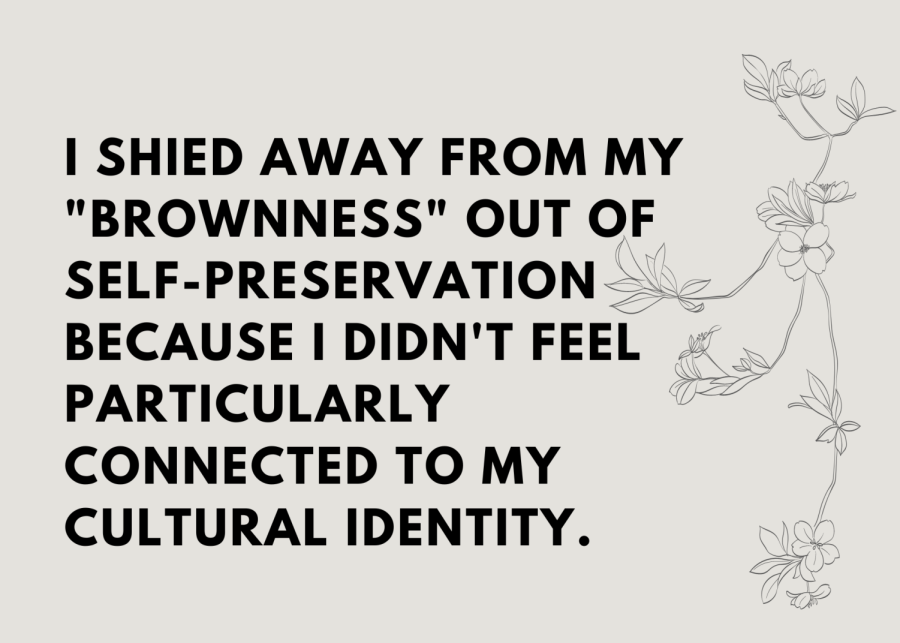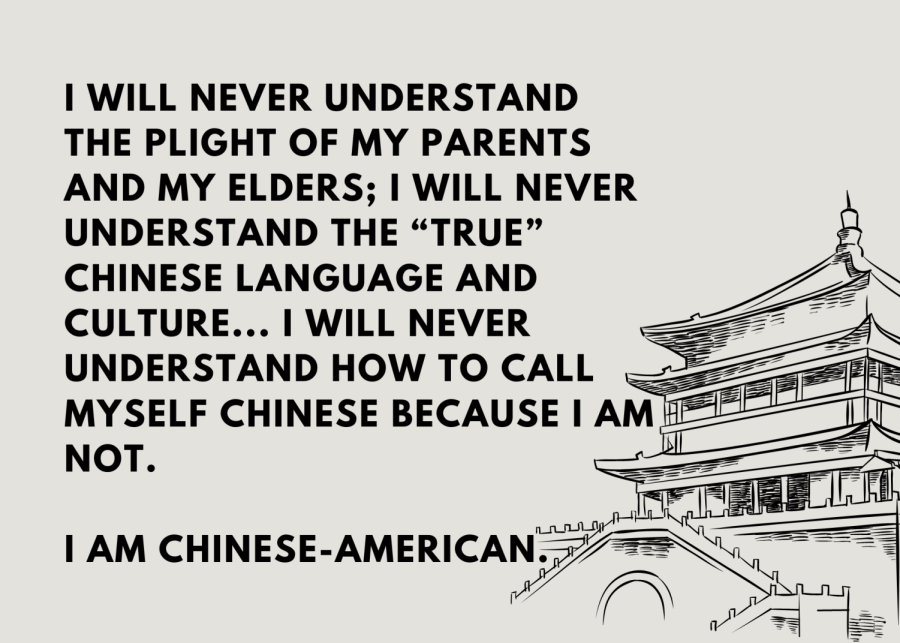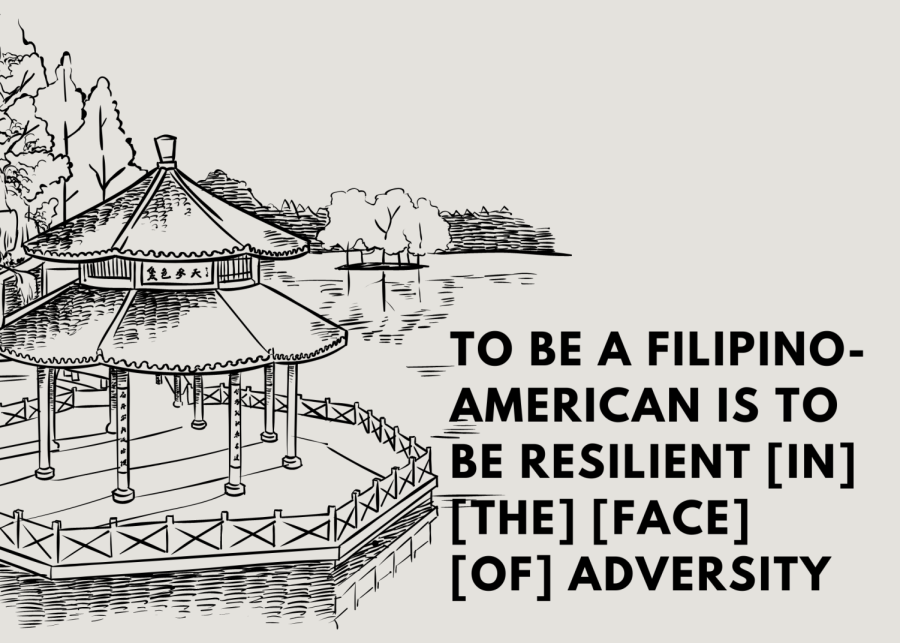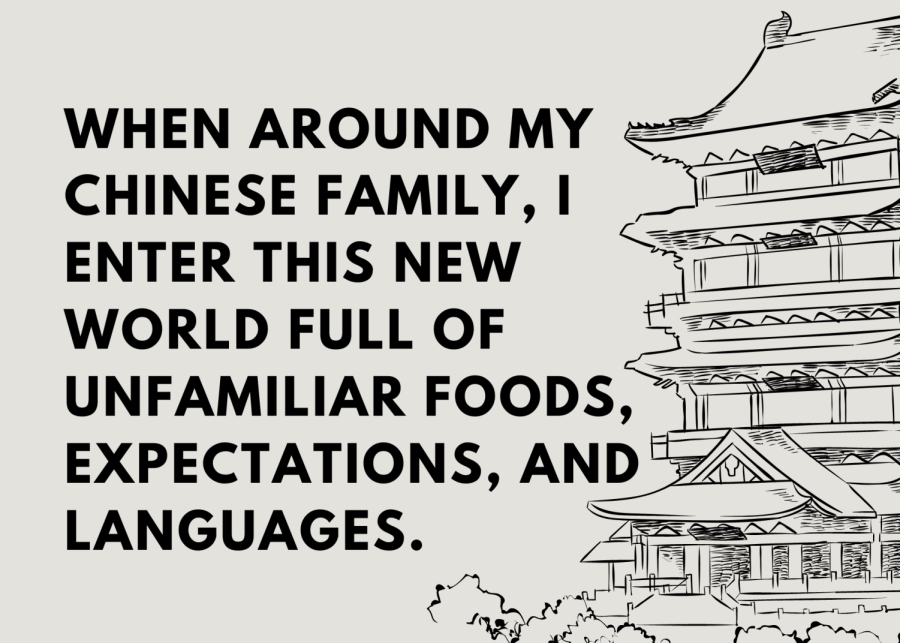America is a melting pot of culture; Am I cultured enough?
May 23, 2023
According to the United States Census Bureau, 24.0 million people identify as Asian alone or in combination, establishing a prevalent Asian-identifying population in America. As Asian-American voices continue to grow throughout American industries, from politics to entertainment, we must acknowledge and recognize the importance of the Asian perspective in America. While the Asian diaspora and sub-continents are diverse in nature, ethnically, physiographically and racially, we must recognize the contribution of Asian voices in the United States. Asia as a continent comprises North Asia, Central Asia, East Asia, South Asia, Southeast Asia, and Western Asia. The continent of Asia has historically been marginalized, ravaged by European colonialism, and extracted for spices, stones, and teas. As immigration became a sociocultural phenomenon in the late 19th century, the influx of Asian immigrants increased. Immigration has shaped modern America, influencing the country socially, economically and politically; the expression “America is a melting pot of culture” emerged. So, Eastside has looked at Asian-identifying persons at Cherry Hill High School East and asked them to reflect on the expression, “America is a melting pot of culture; am I cultured enough?”
My existence is resistance
The artistry of alpona
Little three-year-old me stood, observing the aunties gossiping and laughing while stooped over with vibrant chalks illustrating geometric patterns and floral designs all over the walkway. With the piquant aromas of cumin and sizzling onions gliding through the air and the boisterous conversation of my uncles discussing the latest politics, it was the first time I truly felt a sense of belonging within my culture. Watching the vibrant intricacies of the folk art, alpona, inspired little me to go home and sketch my own designs.
Alpona is a kind of folk art originating in South Asia. It is customarily performed by women and entails utilizing paints that are typically made from rice flour to create color-intricate designs, patterns and symbols on floors and walls. Growing up, I’ve viewed the practice at auspicious and joyful occasions such as weddings. Events like these were when I felt the most intertwined with my culture.
Although celebrations connecting me to my Bangladeshi heritage remain a large aspect of my life, growing up I often feel an ostracization with my connection to my culture.
At home, my parents speak to me in Bangla yet I respond in English. When talking to my relatives, I respond awkwardly with a mixture of fragmented Bangla and English. How could I think of myself as Bangladeshi if I can’t even speak the language that my country fought in wars for?
This barrier between myself and my cultural identity continues further on even with my friends. My South Asian friends jokingly make fun of me for my inability to pronounce “brown” names. While I laugh at their jokes and my poor attempts, a tiny gnawing sense of alienation forms in me. When they discuss Bollywood movies and songs, I nod and smile, acting like I know about the famous movie stars they gush over.
I tell myself that maybe if I forced myself to speak more Bangla or forced myself to listen to Bollywood music, I wouldn’t feel this way now. In reality, there’s so much more. These feelings of chagrin and guilt brought me to enter a constant cycle. I shied away from my “brownness” out of self-preservation because I didn’t feel particularly connected to my cultural identity. Through this, I believed that I didn’t have a right to claim my Bangladeshi identity.
Yet, the other day, something shifted. After a long day of exhaustion, I sat quietly in an vacant room, grabbed a piece of paper and a marker, and plugged in my AirPods. With all the stress from the day, I had to let it all out somehow. I wanted to journal, but instead of writing, I found myself drawing elaborate designs of sun-like flowers with sharp petals and billowing stems. Suddenly, drawing my own alpona carried me back to the empty, quiet afternoons in my old house, where three-year-old me would etch colorful and complex symmetrical lotuses filled with jagged lines. Instantaneously, the forgotten memories of long car rides where my parents would play Rabindranath Tagore songs on a scratchy CD, assisting my grandmother with rolling out the dough for paratha, and dancing at Bangladeshi festivals wearing embellished and colorful panjabis rushed into my mind.
These memories serve as undeniable proof of my identity. They remind me that the sense of belonging will always coexist with my growth as a person. I am Bangladeshi in a way that no one else is and I am proud of it. As I continue to grow, the security I feel will only come to me when I accept that my ability to identify within my culture can only be defined by me, not anyone else.
I can’t call myself Chinese
“I Can’t Call Myself Chinese”
There’s a saying, 孝,one of the most important sayings among my culture. 百善孝为先 (Bǎi shànxiào wèi xiān): filial piety first.
Standing in the middle of a birthday party for my cousin, I remember all my relatives gathering around the birthday boy. Red envelopes would flood his hands, every single kid playing or messing around in the middle of a busy Chinese restaurant. It was time to gather around for pictures. Everybody gathered around, kids in the front row, parents in the back. Everyone except me.
Minutes beforehand, my grandparents had told me to get more food. I was as “skinny as a stick,” they said, and young me told them I didn’t want any more. Defying your grandparents was like defying your parents — the wrath is the same. How could I reject the food they worked hard to give me? To reject what they could not have when they were my age, living in poverty in rural villages in China? But I did. The argument that unfolded turned everyone against me, disappointed in the fact that I defied my parents. I did not enter the family photo that day.
“The time your grandparents lived in was a time of turmoil” my parents would tell me. “We didn’t have as much as you have; we spoiled you with everything” they would say. We would gather bowls of rice and start eating, everyone picking pieces of food up with their chopsticks. Then there was me, who stabbed his food with a fork and scooped his rice with a spoon.
I grew up foreign, going to school with white kids who would ask whether I “enjoyed eating dogs or smoked opium,” or whether I loved eating raw fish because “Chinese is the same thing as Japanese.” I was told by my sixth grade teacher that Chinese people and Japanese people were genetically “no different,” and chopsticks were banned from my school because they were “weapons.”
I grew up not knowing my culture. Not allowed to be near my culture because it was “foreign.”
I couldn’t call myself Chinese, because I was not “foreign.” I couldn’t call myself Chinese, because I had no idea how to talk to the elders when walking through Chinatown. I couldn’t call myself Chinese, because I couldn’t speak with my dad. He only knew Mandarin, and I spoke it poorly and broken. I couldn’t call myself Chinese, because I didn’t understand the extent of the sacrifices my parents made. I couldn’t call myself Chinese, because I wasn’t.
Years later, now in the present day, I have seen that person in my brain force myself to learn Mandarin, to learn how to speak, write, and read. I have seen that person learn filial piety and learn, through stories, the plight of his parents. I have seen that person take on a Chinese shell to cover up what he truly was inside. But that kid was still “Americanized,” mocked for his “American” accent and pale skin by friends who are more Chinese than he is.
But, putting on my headphones that day, walking home from school, the rain pouring down, I realized my goal of calling myself “Chinese” was useless. I will never understand the plight of my parents and my elders; I will never understand the “true” Chinese language and culture. I will never understand how to talk to people in Chinatown. I will never understand how to call myself Chinese because I am not.
I am Chinese-American.
Searching for the balance
Every year, Abby Aquino (’24) and her family send balikbayan boxes to her extended family back in the Philippines – a taste of American life for the Aquino family. Every year, Aquino visits the Philippines to spend weeks with her grandma. Every year, Aquino looks to Asian representation to feel more aligned with her Filipino history and identity.
Culture is an extensive topic in conversation and in ideology. For Aquino, Asian representation in media allows her to feel more cultured amongst the onslaught of Western ideology constantly thrown in her direction; for Aquino, seeing people who look like her take roles in American shows and movies bridges the gap between her Filipino heritage and her American life, connecting her to her identity.
Aquino identifies herself as a South East Asian; growing up in Cherry Hill, she has been surrounded by her Filipino heritage through her family’s involvement with the Filipino community here. At Cherry Hill High School East, Aquino is the secretary-treasurer for the Filipino Cultural Society (FCS); having been surrounded by Filipinos for a few weeks every year allows Aquino to feel more in tune with the younger Filipino generation in school, similar to herself.
“I love our little community in school, speaking the language and sharing the stories; it is a new way for all the club members to connect,” said Aquino.
Despite Aquino’s love for her heritage and the effort to continually discover her culture, she finds it hard to balance her current views with traditional Filipino notions.
“Sometimes, my family and I disagree on how to live life, [such] [as] the traditional idea of a nuclear family,” said Aquino.
Disagreeing with the older generation is tricky because there is a fine line between standing up for your beliefs and completely refuting an older person’s cemented ideology; that is why for Aquino, representation is such an important piece that connects her to her culture. If one sees their beliefs and values accepted as the norm, they are more likely to adapt and change their view; it is generally known that once representation is given, an idea, person, or even a whole race can somehow be accepted into spaces, they were never previously welcomed.
Aquino has faced the same experience every Asian person has: the infuriating question, “Do you eat dogs?” Like many other Asian Americans, Aquino has had to endure the unfair stereotypes used, when in actuality – many people in Asia look to such animals to sustain themselves. Aquino says there is nothing to be ashamed of when people make rude comments as it stems from a lack of education. Aquino says that now she is proud of Asian resilience. =
“It is hard; in the Philippines, you are not truly Filipino because you are American, but here you are not American because you are Filipino,” said Aquino.
It is hard to balance so many identities while being under the umbrella term of Asian American because you are both Asian and American, but you are also so much more. Aquino truly believes that despite the adversity the Filipino community has faced in the hard colonial battle with Spain, the modern idea of a Filipino trumps everything.
“To be a Filipino-American is to be resilient [in] [the] [face] [of] adversity,” said Aquino.
Navigating appearance
“You know that I’m half Chinese, right?”
It’s a constant remark I’ve had to make throughout my life. It’s frequently met with astonishment and surprised faces. And it makes complete sense. It’s hard to imagine someone with the last name “Hopkins” having any Asian ancestry. A quick glance at me could suggest that I’m white with my brown hair and fair complexion, even though in reality, I am both white and Asian.
Whenever I have to clarify to someone that I am half Chinese, their perception of me changes. Being met with the perpetual “but, you don’t really look that Asian” or hearing the “you’re pretty whitewashed” leaves me with a persistent exasperation. Why did I have to look Asian to be Asian? Who are you to decide what I have to look like or not? How am I whitewashed just because I’m half Chinese? These questions fill my mind, but I never let it get to me. It’s not worth it to remain in a state of skepticism– especially over my race. At times, I even take the shocked expressions as a joke.
My Asian background exists as an essential component of who I am. However, from a young age I always struggled with viewing it as a vital part of my identity. In elementary school, I often forced myself to be around asian people just to validate myself. There was this underlying fear that if I wasn’t around other Asians, I couldn’t call myself Asian.
As I grew up, I realized how stupid this sounded. There was nobody who could take away my identity. I had created this false reality where I had to fit in with a certain group. If I had fit in, I’d be normal. But because I was so young, my definition of normal was so distorted because of my little experience in the world.
There’s this feeling of belonging– a sense of pride and security you feel within yourself in a group. I’ve felt it in other places throughout my life. However, it’s always lacked in my cultural individuality. Although my middle name 王 (Wong) indicates otherwise, I experience this invisible wall between the Chinese side of my family and me.
When around my Chinese family, I enter this new world full of unfamiliar foods, expectations, and languages. I’m well aware of most of the traditional values in the Chinese culture. While growing up I’ve questioned my Chinese mother about the story of my grandparents’ immigration to the United States and about cultural customs. Yet, there exists a lack of knowledge of my Chinese identity. As much as I’d like to extend my knowledge, thousands of miles between myself and my Chinese family separate me. Maybe sometime in the future, I’ll be able to connect with them and my cultural identity.
While the journey between my cultural individuality continues, I am certain in my racial identity. A stranger’s push to determining my race is not a conclusion to what I am. Dealing with the uncertainty and ambiguity has opened my eyes to a wider view of the world. It has expanded the way I interact with others and motivates me to experience different things. As I grow, I am discovering the balance between two different worlds, but more significantly, I am discovering a world where I belong.
Conclusions
With May being Asian Heritage month, it is important to shed light onto the stories of Asian Americans. It is vital to build an awareness of these individuals in order to support a more open-minded society. While the urge to classify and create definitions to build a basic understanding of people is common, Eastside believes there is a more adaptable and fluid approach for living. People search for identity because it feels satisfactory to understand why they are the way they are. These perspectives contain messages on seeking individuality through our different cultures and ethnicities. As we live on, preserving cultural identity and retaining the understanding of backgrounds remains essential. Without understanding our history, we lose the reminders of what binds us, what grounds us and what ultimately makes us human. The migrations, the difficulties, the bliss and the abilities that transcend from one generation to another ultimately shapes our past, our knowledge and our diversity of human existence.




